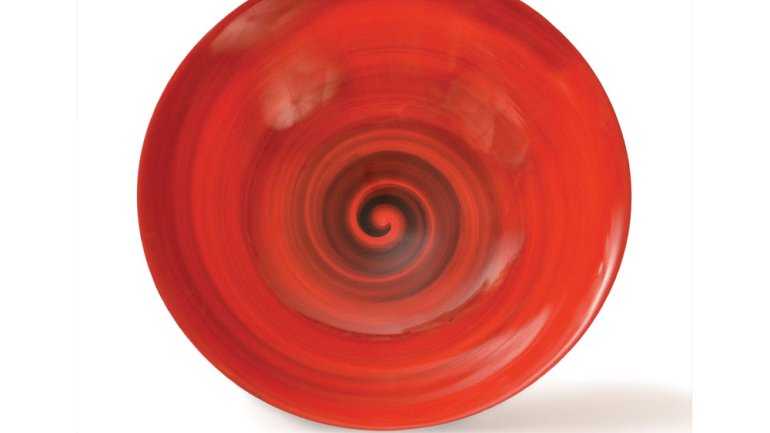The Second Act
The Second Act
In 2000, Michael Scarborough sang at Carnegie Hall, a career-making performance that one might assume would be the start of new professional heights. Instead, it would become a different milestone for the accomplished opera singer: the end of a 25-year career and the gateway to a new professional pursuit – creating art in wood.
Scarborough’s natural vocal talent propelled him into music at an early age. He loved performing, but over time grew frustrated with the unpredictable music business. A month after Carnegie, he auditioned for a show based on the life of Sierra Club founder John Muir, a personal hero. He spent two hours in a private audition with the writer and director, singing the entire score in an impeccable Scottish accent. They told him he had the part.
“What did the producers say? ‘He doesn’t look enough like John Muir.’ That was it,” Scarborough recalls. Never mind that it was hard to tell what the bearded Muir really looked like, or that the show would be in a 10,000-seat arena where subtle appearances wouldn’t register. The singer had had enough. “Carnegie Hall, instead of being a springboard to bigger things,” he says, “suddenly became a wonderful occasion on which to have made my final bow.”
Some might be daunted by such a career disruption, but Scarborough knew just want he wanted to do. A couple of years earlier, he had been in Orlando singing in Puccini’s Turandot; seeking respite from backstage drama unfolding among his cast mates, he found the Morse Museum, home to a major collection of art pottery and the most comprehensive collection of work by Louis Comfort Tiffany.
“I went on every free hour I had. By the time I left Orlando, my raison d’être had changed,” he admits. The beautiful, tangible creations fascinated him. “I knew [then that] I wanted to do something to bring beauty of a lasting nature into the world,” he says. But he hadn’t had any contact with the decorative arts as a career path. “I had no idea how to make a living.”
After the frustrating Muir audition, Scarborough enrolled in programs in interior design at Parsons design school and at the Institute of Classical Architecture & Art. He started restoring antiques and building furniture in his basement in Queens, relying solely on his hands to produce the results he wanted.
In a way, it was a homecoming. Scarborough had grown up in a family that encouraged making. He and his father, a career Navy officer, shared a passion for model building. While the family was stationed in Japan, his father commissioned a sailboat. Scarborough fondly recalls the craftsmen who would arrive each morning and transform rough-cut logs using only the hand tools they brought on the back of their bicycles. In Queens, as his own woodworking skill grew, he started experimenting with the lathe, turning Japanese-inspired bowls. Handsome teapots, candlesticks, and boxes soon followed.
He doesn’t call himself a woodturner, though. “The lathe is simply one tool in a multifaceted creative process,” he says. “But the finish of the piece – that blows my skirt up.” Scarborough’s signature finish is made with oil-based paint, varnish, and gold leaf – his version of Japanese urushi lacquerware. It’s remarkably similar, without the toxic side effects that urushi, a distant cousin of poison sumac, is known for.
In 2011, Scarborough juried into his first large retail show, the Philadelphia Museum of Art Craft Show. His first sale was a big one. “This nice man came into the booth, and started looking around. He just kept saying, ‘This is so different,’ ” Scarborough recalls. After the sale, another artist rushed to congratulate him. The buyer had been Albert LeCoff, executive director of the celebrated Center for Art in Wood.
Scarborough’s work continues to evolve, becoming more expressive while still rooted in function. “It wasn’t until I began making more artisanal pieces that people began using the word ‘beautiful’ and making statements like ‘This piece makes me feel comfortable,’ ” he says. “My work now touches people at a more visceral level.”
In February at the American Craft Council Show in Baltimore, Scarborough sold more than half of his stock (an inventory that took him six months working more than full time each day to create), and in March, he won an award of excellence at Craft New York, less than a year after his debut on the craft show circuit.
The former opera singer relishes his new role. “As my pieces have become more and more artistic, I feel that their sole function is to add beauty to a collector’s life,” he says. “I don’t believe that the power of beauty to uplift the human spirit can be overstated.”
Andrew Zoellner is American Craft’s assistant editor.




